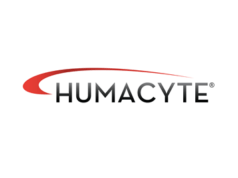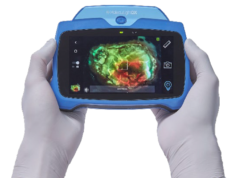
There is a growing need for wound care amid higher rates of chronic wounds—somewhere in the vicinity of five to seven million in the United States per year—at a cost level in excess of US$25 billion, Venita Chandra (Stanford University School of Medicine, Stanford, California, USA) told the America College of Wound Healing and Tissue Repair (ACWHTR; 11–12 October 2019, Chicago, USA).
The nationwide tableau to which she drew attention was presented in a lecture entitled “Impact of wound care on a vascular practice—the Stanford experience”. As part of the session, Chandra made reference to a study she and colleagues at Stanford carried out, focusing on the outpatient wound care centre opened at the institution in 2014. The research team had conducted a retrospective review of a prospectively maintained database of vascular surgery cases, comparing the three-year period before the wound centre opened and the period immediately after its opening.
With a vision to take “evidence-based systematic, multidisciplinary and cutting-edge approaches,” the aim of the centre was to optimise wound healing and maximise limb salvage. The study, which Chandra first presented at the Society for Vascular Surgery’s Vascular Annual Meeting in 2018 (SVS, 20–23 June, Boston, USA), sought to assess the impact of the opening of an outpatient wound centre on the practice patterns of a tertiary care vascular surgical practice, and focused on patients who underwent lower extremity interventions. Inclusion criteria of revascularisations, debridements and amputations were stipulated, while trauma and acute limb ischaemia were excluded, she said.
Chandra again pointed to the study results, which had shown the volume of procedures going from 662 identified before the centre opened to 1,085 afterwards that met the criteria. There was also a disproportional increase in peripheral practice: namely, a 64% increase in the volume of lower extremity interventions. These interventions initially comprised 19% of the practice before the wound centre opened, and then increased to 26% in the aftermath. Patient characteristics barely changed aside from the increase in the number of patients and limbs treated, according to the data. However, there was a significant difference in the number of patients who had wounds (39% before the wound centre opened to 45% after; p=0.05).
Moreover, the results also demonstrated that the numbers went up for every surgical indication over the course of the investigation; in particular, those treated for claudication went from 35.8% to 30.3% (p=0.02), while those who received care for diabetic foot ulcers increased from 11.9% to 16.8% (p=0.073). In addition, there were increases in surgical debridements (p=0.01) and endovascular infrapopliteal interventions (p=0.04) after the centre opened.
Study outcomes showed that minor amputations went from 16% before the wound centre to 20% in the period following its opening (p=0.09), while one-year major amputations, meanwhile, dropped from 9% to 5% (p=0.04). A multivariable adjusted analysis on long-term impact demonstrated that treatment carried out after the wound care centre opened was associated with a significant reduction in major amputation risk, or “adjusted freedom from major amputation” (HR: 0.38 [0.25.0.57]; p=<0.001). Additionally, referral flow patterns were shown to as 35% from the wound centre to the vascular surgery practice and 65% in the other direction.
Chandra concluded: “Wound care is an important component of a limb salvage programme. The opening of an outpatient wound centre has a positive impact on affiliated vascular surgery practice, a significant increase in the number of peripheral interventions and a significant decrease in the amputation rate. There are positive inpatient outcomes, low length of stay, low mortality and low re-admission rates.”













